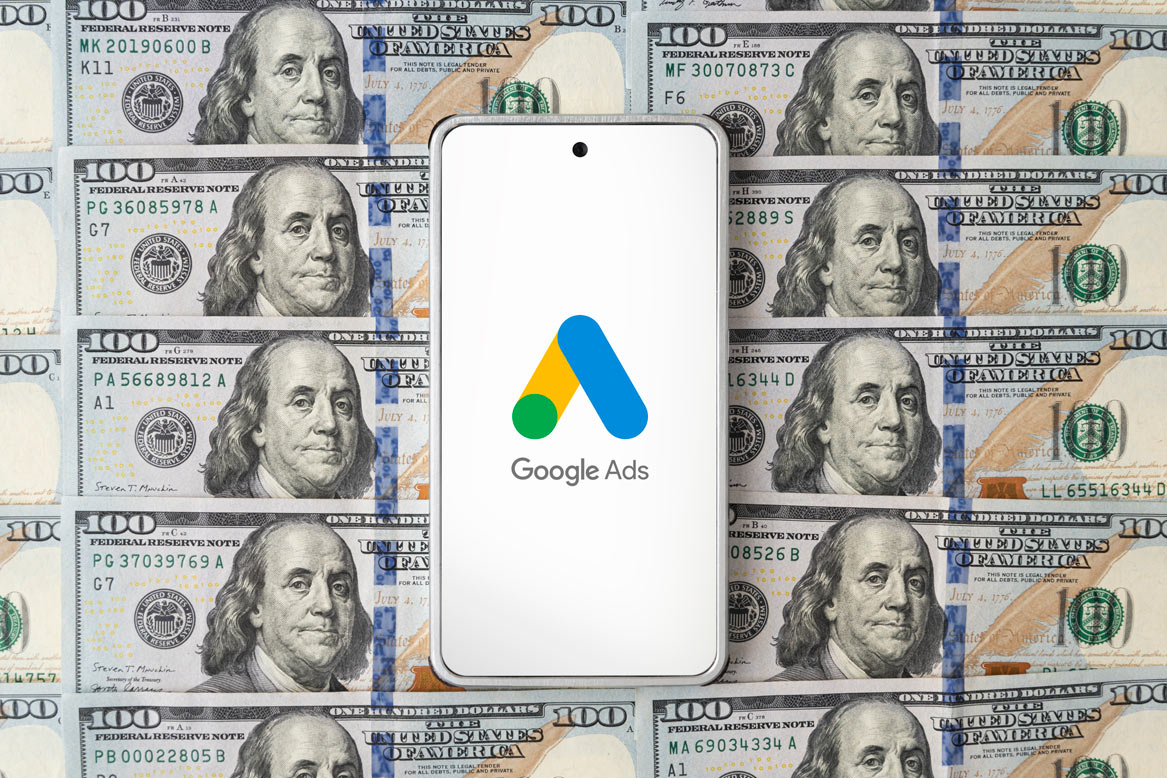Just this last week Google AdWords added an “auction insights” icon to AdWords control panels. On certain keywords (on the keyword tab or keyword rollup found on your campaign tab) you may see a small block graph icon. Tick the box next to the keyword and then click the button…
-
-
Google Cracks Down on Misleading AdWords Service Providers
All third party service providers of Google AdWords™ advertising account set up and management services are being audited. I am in the middle of my compliance review right now. For some businesses who perform Google AdWords™ services, this will be a real wakeup call! I won’t name names, but there…
-
So You Want the Blue Balloon Next to Your Google Maps Listing – How to Get It
Do you want that blue balloon found next to certain listings in Google Maps? Most listings have the red balloon, but you want the blue one as it really stands out. Here’s how to get it. First, the blue balloon denotes a sponsored Google Maps listing. It means that this…
-
Google Statistically Documents AdWords and Organic Click Activity
This is a very interesting article and one worth a quick review if you are advertising on Google AdWords or thinking of advertising on Google AdWords. The title is “Impact of Organic Ranking on Ad Click Incrementality“. The study done by Google, in a nutshell, shows that when an advertiser…





